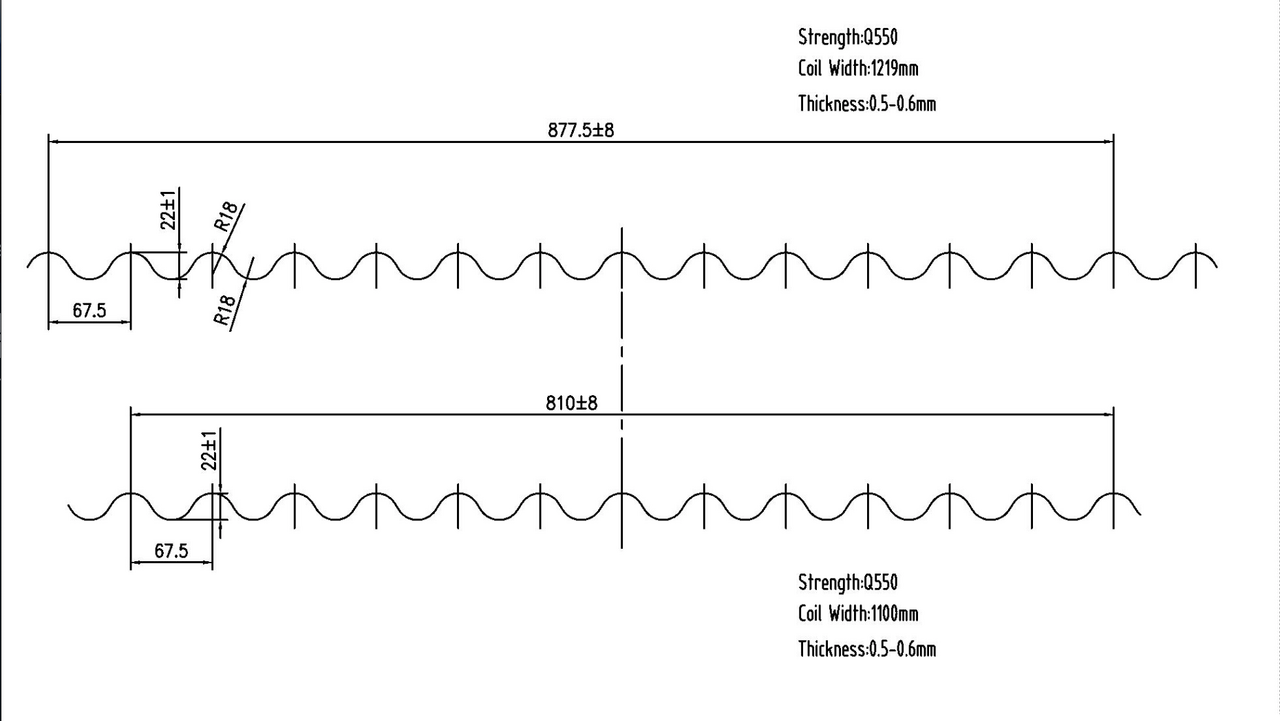
Posted on Thursday, October 3, 2024
A corrugated panel roll forming machine produces metal panels with a wavy or "corrugated" profile, commonly used for roofing, siding, and cladding applications due to their durability and structural strength. These panels are particularly favored in industrial, agricultural, and residential buildings.
These machines typically use a continuous coil of metal, which is fed through a series of rollers designed to bend the metal into the desired corrugated shape, allowing for high-speed and efficient production.
Would you like more technical details or information on purchasing options for this type of machine?


Understanding Coil IDs, Mandrel Sizing, and Shear Pin Safety in Uncoilers
Posted on Wednesday, October 1, 2025
Mismatched sizes can lead to machine damage, downtime, and safety hazards — often evidenced by a shear pin failure.

How Coil Tensile Strength Affects Roll Forming and How to Adjust Your Machine
Posted on Wednesday, October 1, 2025
Changes in tensile strength can significantly affect the finished profile, causing misaligned bends, uneven edges, and out-of-spec parts.

Why Paint Cracks on an Embossing Line Running Pre-Painted Coil and How to Prevent It
Posted on Wednesday, October 1, 2025
This issue not only affects the visual quality of the product but can also lead to increased scrap rates and customer complaints.

The Most Popular Standing Seam Metal Roof Panels in the U.S. — A Comprehensive Guide
Posted on Monday, September 29, 2025
In this post, we’ll explore what panel styles and sizes are most popular in the U.S